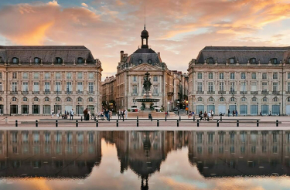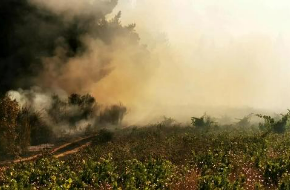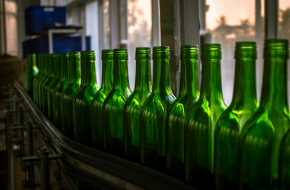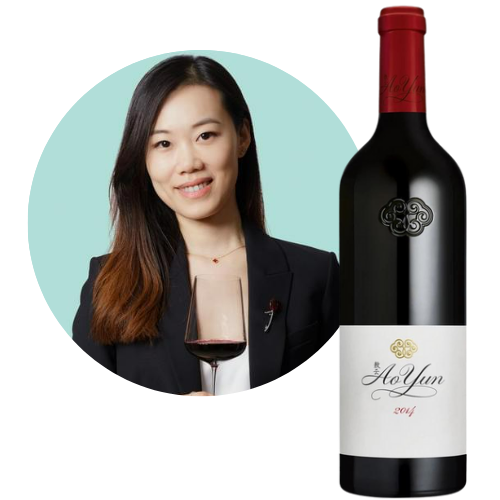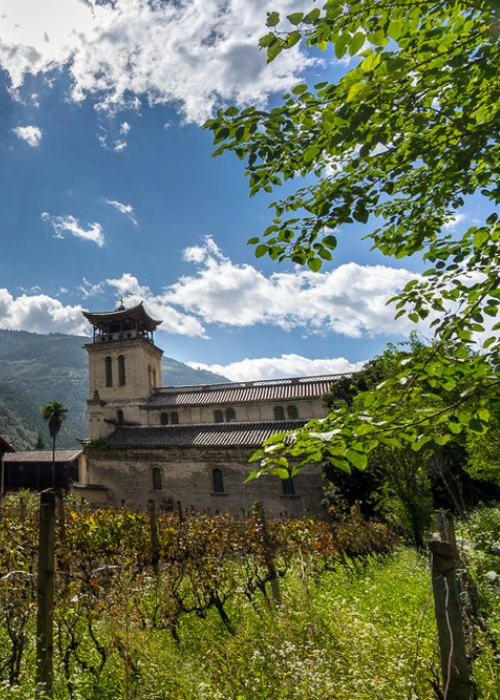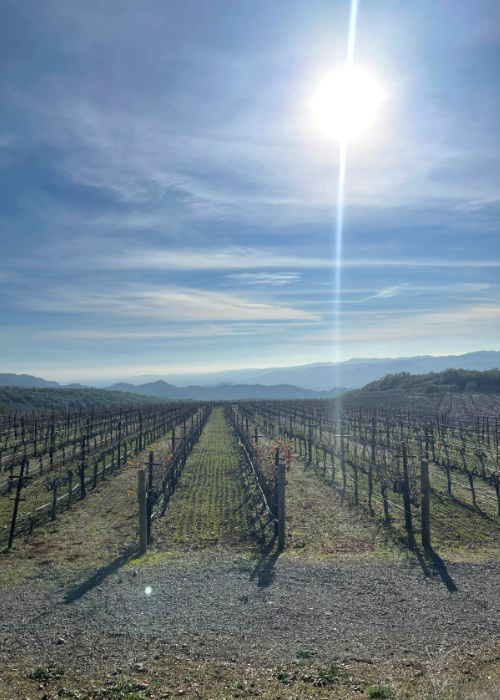The difference comes down to the fact that natural wine, despite - or perhaps because of - its prevalence is loosely defined and encompasses a broad range of styles. The term ‘low-intervention’ is often associated with natural wines but isn’t specific. It can mean some combination of not adding sulfites, avoiding chemicals in the vineyard, not filtering the wine, or fermenting with natural yeasts (rather than lab-grown strains that give more predictable flavours). Some winemakers might be more dogmatic, avoiding all interventions at any cost, while others may intentionally strive for something on the more experimental end of the natural wine spectrum, creating a wine that bucks wine conventions and polarises consumers.
However, low intervention isn’t necessarily restrictive. Some winemakers’ primary aim is simply to magnify the natural expression of the terroir, the vintage and the grape with as little outside influence as possible rather than create a specific ‘natural’ style. They might use many low-intervention methods but will adapt or moderate them to make the best wine possible.
These wines might get marketed as natural wines and satisfy the thirsts of the trendy wine bars, but they also can share a lot with conventional wines, especially those in the ‘fine wine’ end of the market. Indeed, many classic fine wine producers in Bordeaux, Burgundy and elsewhere have adopted biodynamic farming and winemaking in recent decades. And most fine wines rest on the basic notion that a great wine should be a natural expression of the terroir and the grape. This philosophy overlaps with most natural wines even if the wine itself isn’t labelled or marketed as such.
Here are a few wines that I think bridge the natural and classic fine wine divide:
- • Ampeleia – This estate in Maremma near the Tuscan coast is owned by Elisabetta Foradori, who also makes a great eponymous wine in in Trentino. Prioritising biodynamic principles and biodiversity in the vineyard, Ampeleia makes a range of wines, ranging for the juicy easy-drinking ‘natural’ wine variety to the more serious structured Cabernet Francs. Sometimes natural wines can lose the grape varietal characteristics, but Ampeleia’s Cabernet Francs are full of the grape’s signature minerality and herbal notes.
- • Emidio Pepe - I dare anyone to not call these a fine wine. In the 1960s Emidio Pepe shifted the focus at this Abruzzo estate to more natural methods to enhance quality in a region known for large-scale production. Today, the estate eschews all synthetic chemicals, sulphites and filtering and fining agents.
The result is purity with ripe, silky textures rather than any controversial funky aromas. The red Montepulciano d’Abruzzo stood out for its freshness and range of individual flavours. The white Trebbiano is similarly complex and ripe. Both can age beautifully in bottle, with any rough edges from the natural methods smoothing out with time. - • Domaine Les Bruyères – Another set of wines that do an excellent job of capturing varietal characteristics are David Reynaud’s Syrahs from different Rhone appellations. The ‘350m St Joseph,’ George Reynaud Crozes-Hermitage’ and Rebelle Cornas’ all display excellent precision and finesse that demonstrate the terroir differences between the locations.
